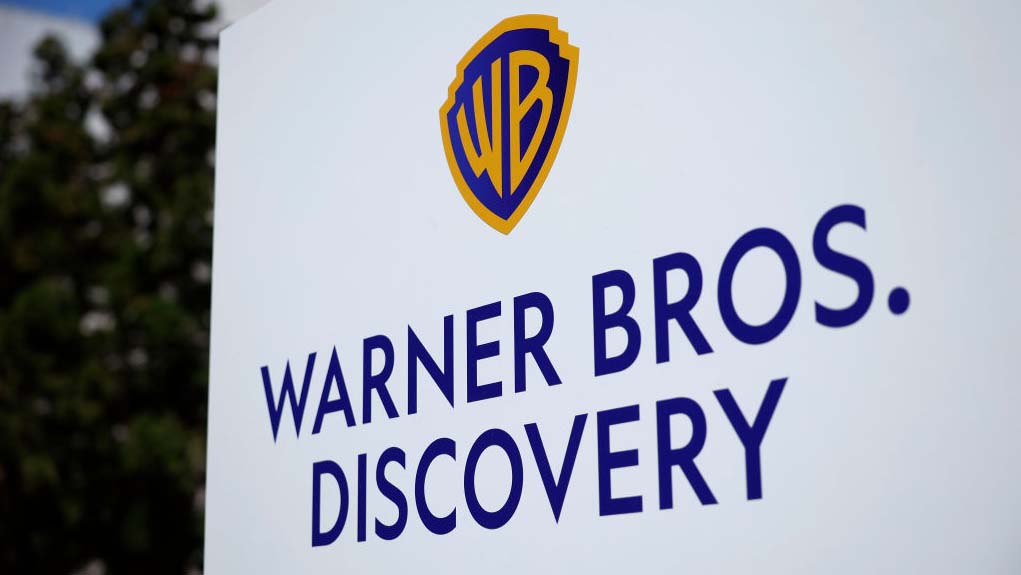Associations unite on converter box performance standards
Broadcasters and electronics manufacturers have reached an historic consensus on key issues raised by the government’s digital-to-analog converter set-top boxes coupon program, settling on minimum performance requirements for eligible converter boxes.
The accord took shape in the form of a joint comments filing by the Consumer Electronics Association (CEA), the Association for Maximum Service Television (MSTV) and the National Association of Broadcasters (NAB) Sept. 25 regarding the National Telecommunications and Information Administration's (NTIA) Notice of Proposed Rulemaking on the coupon program.
After Feb. 17, 2009, over-the-air TV viewers will need a digital-to-analog converter box to continue receiving free broadcast programming. "The converter box program is an important component of the success of the digital conversion for the American consumer," the associations said in their 25-page joint filing.
Electronics manufacturers and broadcasters jointly recommended the features of the basic converter boxes that would be eligible for the coupon program, while agreeing that functions such as electronic program guide navigation and "smart antenna" interfaces should not preclude converter boxes from obtaining approval under NTIA's program.
In addition, the associations urged NTIA not to limit eligibility for converter box coupons to analog-broadcast-only households, explaining that distributing coupons according to economic need is impractical and inconsistent with Congressional intent.
To guide NTIA as the U.S. government studies how to administer the coupon program, the associations agreed to and submitted to the NTIA several principles, including:
- Continued consumer access to the broadcast service.
- Availability of high-quality, usable, low-cost converter boxes.
- Program administration by NTIA should be simple and clear.
- NTIA's administration of the program must strive for simplicity.
- Fairness and prevention of waste and abuse.
- Cooperation among the government, broadcasters, manufacturers and retailers.
For more information, visit: www.nab.org.
The professional video industry's #1 source for news, trends and product and tech information. Sign up below.
